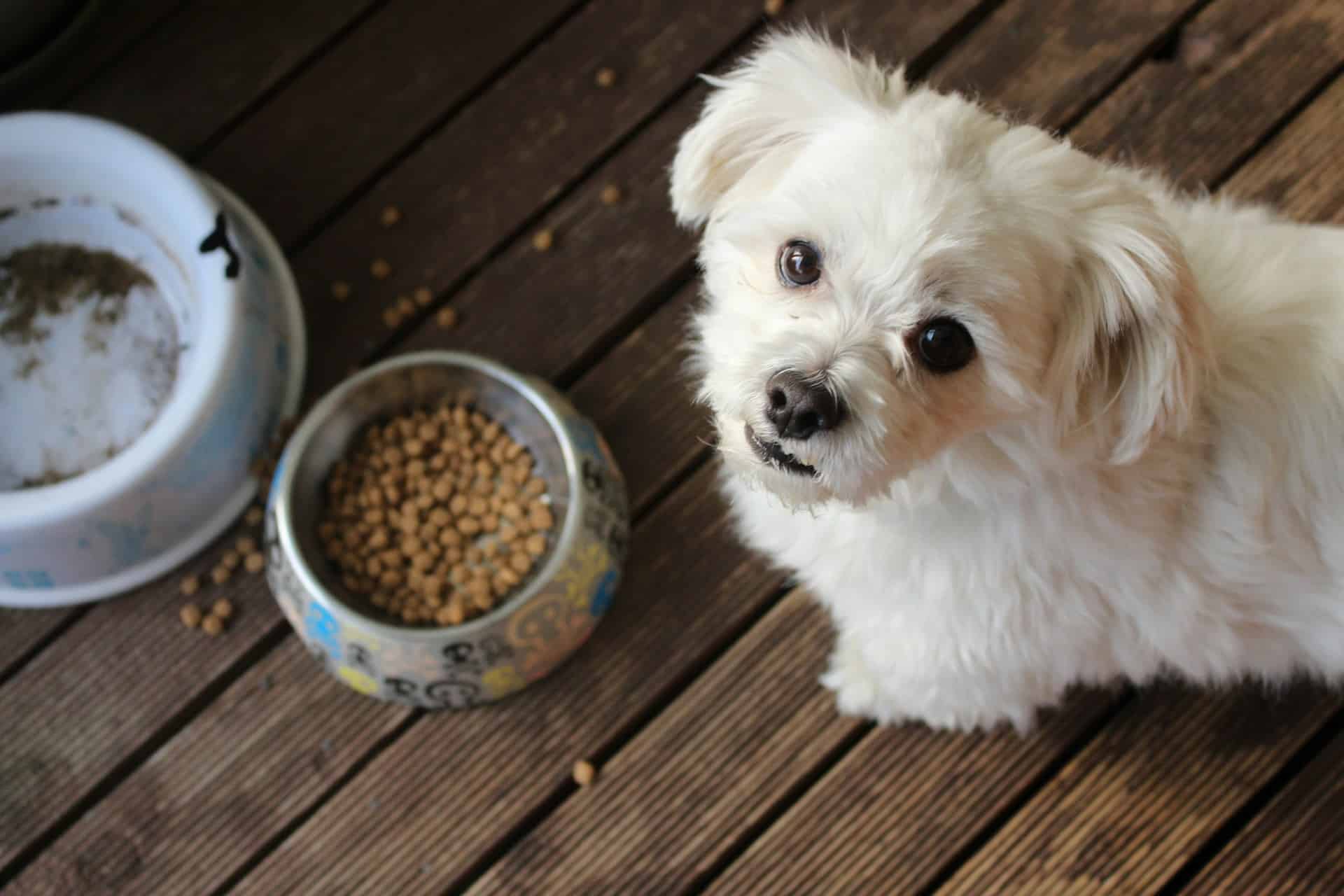Let’s face it, our pets are family. Whether you’re a dog person, a cat lover, or both, you want to ensure that your four-legged friends are getting the best. Feeding them high-quality food is crucial, but it’s equally important to store that food properly to maintain its freshness. After all, fresh food is more appetizing and healthier for your pets.
In this article, we’ll guide you through some of the best methods for safely storing pet food, be it dry kibble, canned goods, or fresh produce. Also, we’ll provide a few tips on what to avoid to keep your pet’s food safe from contamination and spoilage.
Also to read : How to Create a Pet-Friendly Meditation and Relaxation Space in Your Home?
Storing Dry Pet Food
Dry pet food, also known as kibble, is a popular choice for many pet owners due to its affordability and convenience. However, improper storage can quickly degrade its quality, turning a crunchy, nutritious meal into a stale, unappetizing one.
When you bring home a new bag of kibble, resist the temptation to pour it into a plastic container and throw away the bag. Doing so can speed up degradation due to exposure to air and humidity. The best way to store dry pet food is to keep it in its original bag which is specially designed to prevent air and humidity from affecting the food.
Have you seen this : How to Manage Your Pet’s Diet to Prevent Obesity and Related Health Issues?
If you’re concerned about aesthetics or pets breaking into the bag, you can place the entire bag in a clean, dry pet food container. Make sure the container is airtight to prevent exposure to oxygen which can cause the fats in the food to become rancid.
Safeguarding Canned Pet Food
Canned pet foods, with their high moisture content, are a great choice for pets that don’t drink enough water or require a softer diet. But, like any other food, canned goods can spoil if not stored correctly.
Unopened cans should be kept in a cool, dark place, away from extreme temperatures. Once opened, the food can spoil quickly if not handled correctly. Leftover canned pet food should be covered and stored in the refrigerator to maintain freshness. It’s best to use the food within five to seven days of opening the can.
Never store opened canned pet food in the can itself. The tin can react with the air and contaminate the food. Instead, transfer leftovers to a glass or plastic container with a tight lid.
Keeping Fresh Pet Food Safe
Fresh pet food, such as raw diets or homemade meals, can be particularly tricky to store. These foods contain no preservatives and can spoil rapidly if not stored properly.
Firstly, fresh pet foods should be stored in the refrigerator and consumed within a few days. If you prepare meals in bulk, store the excess in the freezer in airtight containers or freezer bags. This way, you can thaw the food as needed, ensuring your pet has a fresh meal every time.
Keep in mind that raw diets pose a risk of bacterial contamination. It’s essential to handle these foods safely. Always wash your hands and any utensils used, and avoid cross-contamination with other foods in your fridge or freezer.
Points to Avoid in Pet Food Storage
While it’s necessary to know the best practices for storing pet food, it’s equally important to be aware of what to avoid.
One of the biggest enemies of pet food is moisture. Whether it’s dry kibble or canned food, too much humidity can lead to mold and bacterial growth. So, avoid storing pet food in damp areas like basements or garages.
Heat is another spoilage culprit. High temperatures can cause canned foods to spoil and dry food to become rancid. Therefore, don’t store pet food near appliances that generate heat or in direct sunlight.
Lastly, be mindful of pests. Ants, roaches, and rodents love pet food, and a bag of kibble can be an open invite. Keep pet food in a clean area, and always ensure the container or bag is sealed tight.
Being informed about how to properly store your pet’s food can not only save you money but more importantly, it can ensure that your furry friends are eating the freshest, most nutritious meals. Always remember, fresh food is happy food.
Helpful Hints for Storing Dog and Cat Treats
Dog and cat treats are another area where food storage is vital. Like pet food, treats, whether homemade or store-bought, can lose their freshness and nutritional value over time if not properly stored.
To keep your treats fresh and tempting for your four-legged friends, seal them in an airtight storage container as soon as possible. This can help prevent them from going stale, and it also ensures that the treats will be protected from any potential pests.
Avoid storing treats in hot and humid areas. The kitchen, for instance, might not be the best place for your pet’s treats if you cook frequently and the room tends to get warm. A cool, dry place, like a pantry or a cabinet, is better suited for treat storage.
If you prefer to pamper your pet with homemade treats, be aware that they might not last as long as the store-bought variety due to the lack of preservatives. Refrigeration or freezing is advisable for extending the shelf life of homemade treats.
Remember, treats should be given in moderation and should not constitute more than 10% of your pet’s daily caloric intake. Storing them properly ensures that when it’s time for a little indulgence, your dog or cat will receive a treat that’s as fresh and tasty as it was when you first opened or made it.
Importance of Regularly Checking Pet Food and Treats
Even when you follow all the best practices for pet food storage, it’s important to regularly check both pet food and treats for signs of spoilage. This regular check is one of the best ways to make sure your pets are getting the freshest food.
Spoiled food can have a different smell or color and may even develop mold. If your pet’s food doesn’t look, smell, or feel right, it’s best not to risk it. Trust your senses and when in doubt, throw it out. Your pet’s health isn’t worth the risk.
Also, always keep track of the expiration dates on pet food packages. Expiration dates are there for a reason – they tell you the duration for which the food can be expected to remain safe and nutritious. When a package of pet food, wet food, or treats surpasses its expiration date, discard it immediately.
Pet parents should also be vigilant about recalls. Manufacturers may recall pet foods and treats for various reasons, including potential contamination. If you learn of a recall, immediately check to see if you have the affected product at home.
Conclusion
Proper pet food storage is more than just a best practice – it’s a critical way to ensure your pet’s health and happiness. Whether it’s dry dog or cat food, canned goods, fresh produce, or treats, maintaining freshness is paramount.
By storing pet food in its original bag, refrigerating canned and fresh food promptly, transferring opened canned food to a tight-lidded container, and freezing excess homemade meals, you can extend the shelf life of your pet’s food. Also, keeping pet food and treats sealed and away from heat, humidity, and pests can prevent spoilage and waste.
As a responsible pet owner, you should also regularly inspect the food and treats for any signs of spoilage and keep an eye on the product recalls and expiration dates.
Remember, a well-fed pet is a happy pet, and a happy pet makes for an even happier pet parent. So, make sure your pet’s meals are not just nutritionally balanced but also fresh and safe. In the quest for our pets’ wellbeing, fresh food is indeed happy food.











